Everyone, and here's why!
Who Needs Signage?
By Scott Burton
Originally published 2003 • Updated October 2025
Signs on playgrounds aren’t just decoration — they are critical safety tools. They guide supervisors, alert caregivers to hazards, and reduce the risk of injury and liability. Over the years, playground signage has evolved alongside safety standards from the U.S. Consumer Product Safety Commission (CPSC), ASTM International, and ANSI. In this updated article, we revisit the importance of signage while preserving the personal stories that illustrate its real-world impact.
The Duty to Warn
Signage represents a playground operator’s duty to warn. Clear, visible signs communicate proper use and supervision requirements, which can prevent accidents and legal trouble. As Scott Burton recalls, “I’ve seen playgrounds where missing or unclear signs became the focus of a courtroom case. One incident involved a caregiver who misunderstood the age guidance — it quickly escalated, and the absence of proper signage was a major factor.” According to the CPSC Public Playground Safety Handbook (2025 edition), signage should be provided wherever information, warnings, or instructions are necessary for safe play and maintenance.
Types of Playground Signs and Labels
Playgrounds benefit from multiple types of signs, each serving a specific safety purpose:
- Age-Appropriate Use Labels – Indicate which user age groups the equipment is designed for, typically 2–5 years and 5–12 years, as defined in the most recent ASTM F1487-25. Burton notes, “No playground I’ve inspected has ever passed label inspection on the first try. It’s almost a rite of passage.”
- Supervision Signs – Remind caregivers that active supervision is required for all children.
- Surfacing Warnings – Identify approved surfacing materials and stress that proper depth and maintenance are required to meet impact-attenuation standards.
- Drawstring and Entanglement Warnings – Warn about clothing or accessories that can catch on equipment. The latest CPSC guidance expands this to include cords, necklaces, and similar hazards.
- Rules of Play – Outline safe behaviors, such as “Take turns,” “Use slides feet-first,” and “No climbing on top of structures.”
- Maintenance or Safety Inspection Notices – Provide maintenance contact information or indicate when the last inspection occurred. Burton adds, “I’ve even seen maintenance crews get creative with their signage after a few court scares — sometimes a little humor goes a long way to get attention.”
Design and Readability
Effective signage must be easy to read and understand. The ANSI Z535-2024 series defines best practices for colors, symbols, letter height, and contrast. Signs should use simple language and universally understood symbols. Scott recalls, “I once testified in court showing how poor color contrast on a sign contributed to a serious injury — it’s a small detail that can make a huge difference.”
Placement and Visibility
Signs should be placed where caregivers and users can see them before entering or using the playground. A “three-point placement” approach — multiple locations for maximum visibility — is recommended. Mount signs between 36 and 60 inches above the ground for readability by adults while remaining visible to children.
For large composite structures, one comprehensive entry sign may suffice if it clearly identifies age ranges, surfacing requirements, and supervision needs. Burton shares, “Even the most thorough signs won’t matter if no one notices them — I’ve seen playgrounds with beautifully printed labels ignored completely because of poor placement.”
Accessibility and Inclusion
Under current accessibility guidelines, playground signage should be usable by everyone. This includes color contrast, large text, tactile or Braille where appropriate, and placement along accessible routes. Inclusive signage supports compliance and community engagement by welcoming all users.
Maintenance and Inspection
Signs must be inspected and maintained regularly. Faded, vandalized, or missing signage can reduce effectiveness and create liability. The latest ASTM F1487-25 edition recommends checking all signage during routine inspections. Burton notes, “I’ve had my share of inspections where a missing label became the headline — it’s a reminder that every sign counts.”
Creating an Evergreen Sign Program
Operators should adopt a signage program anticipating future updates. Using phrasing like “in accordance with current safety guidelines” helps signage remain accurate even as standards evolve. Keeping digital design files ensures quick updates across all signs.
Conclusion
Whether in a neighborhood park or a large municipal playground, clear signage remains one of the most cost-effective safety measures. By following the most recent CPSC, ASTM, and ANSI standards — and learning from Scott Burton’s real-world experiences — playgrounds can remain safe, inclusive, and fun for all children.

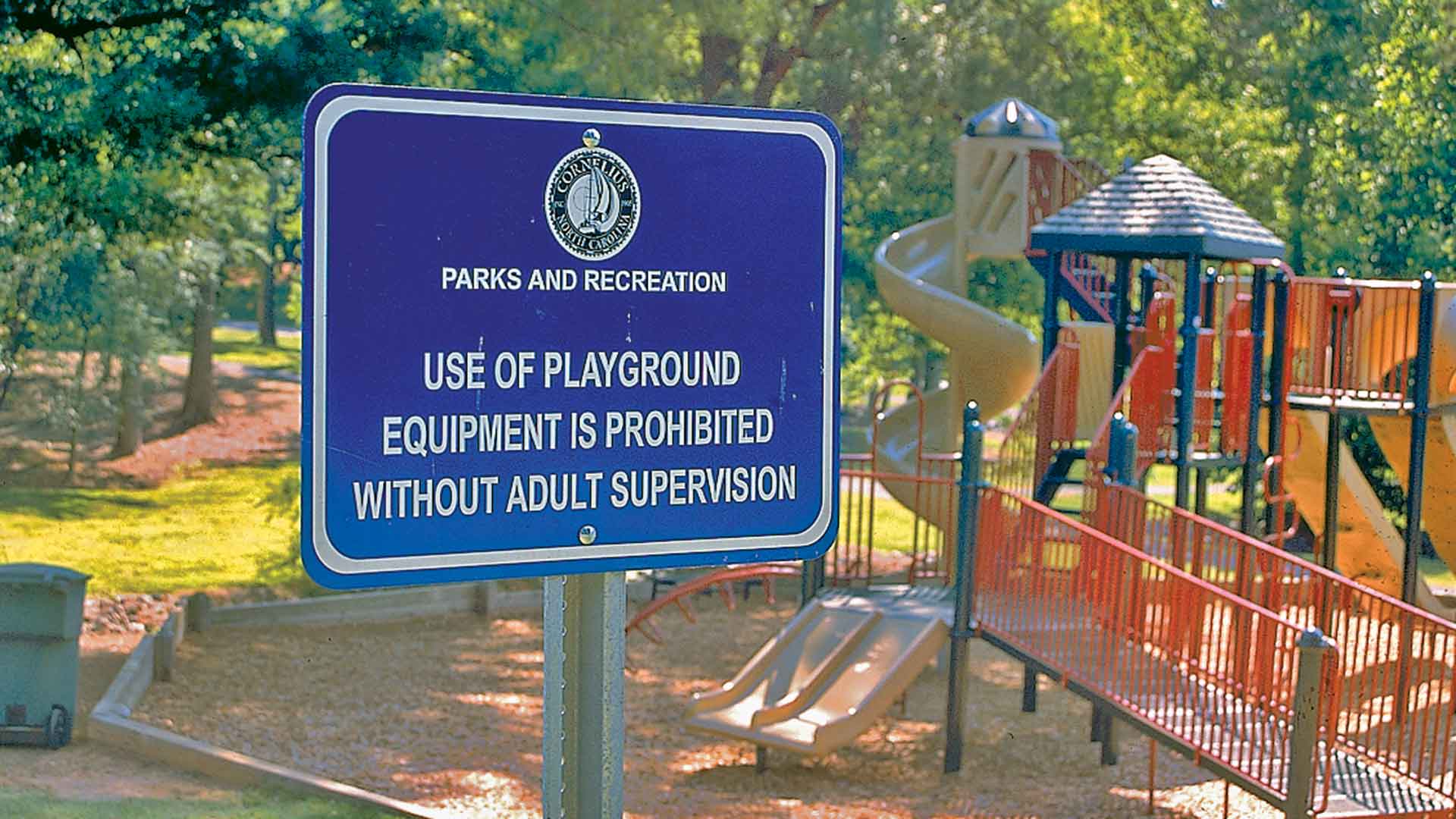

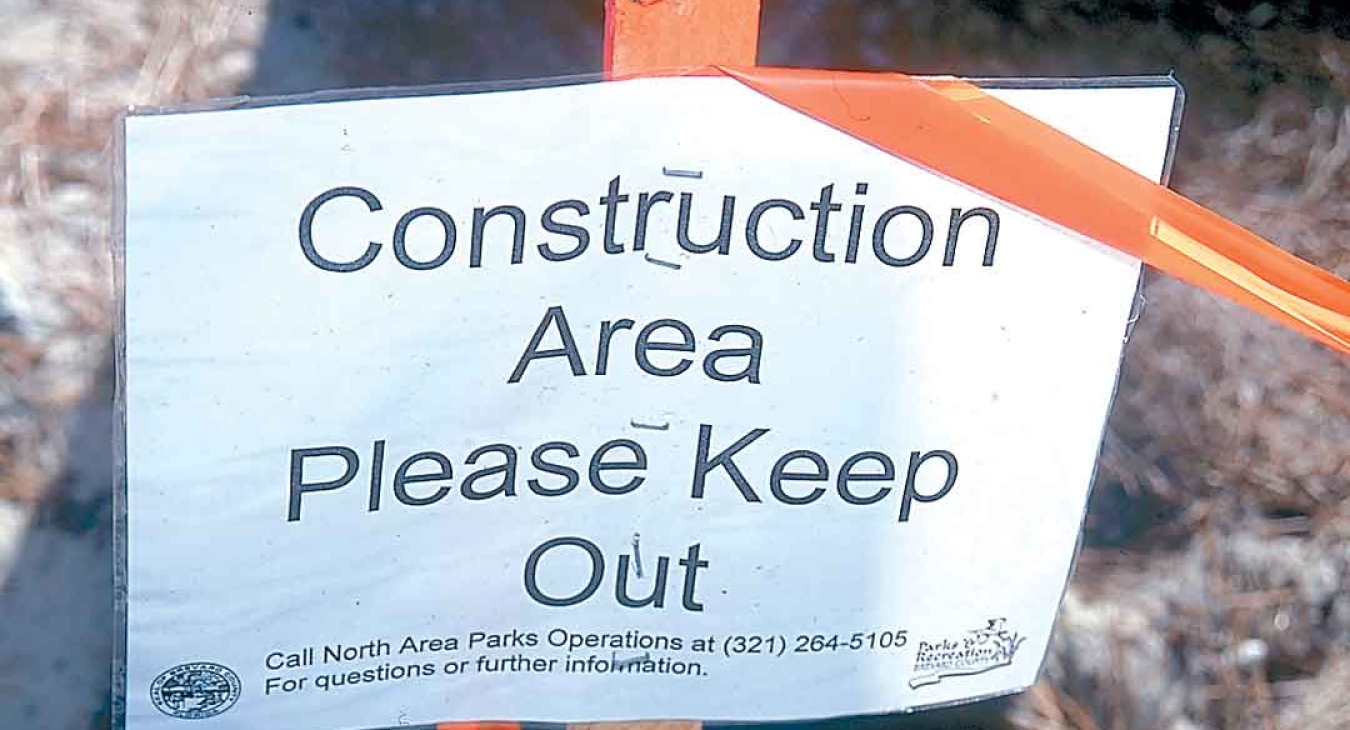
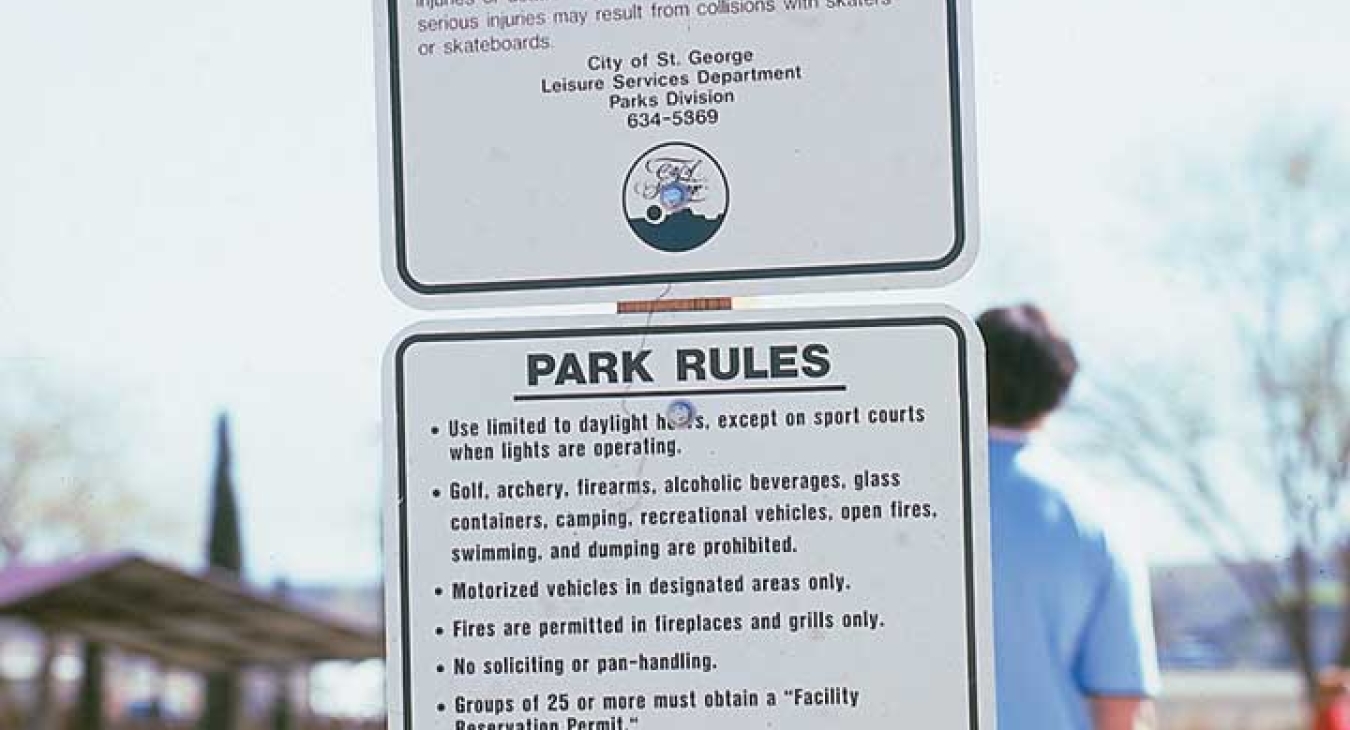

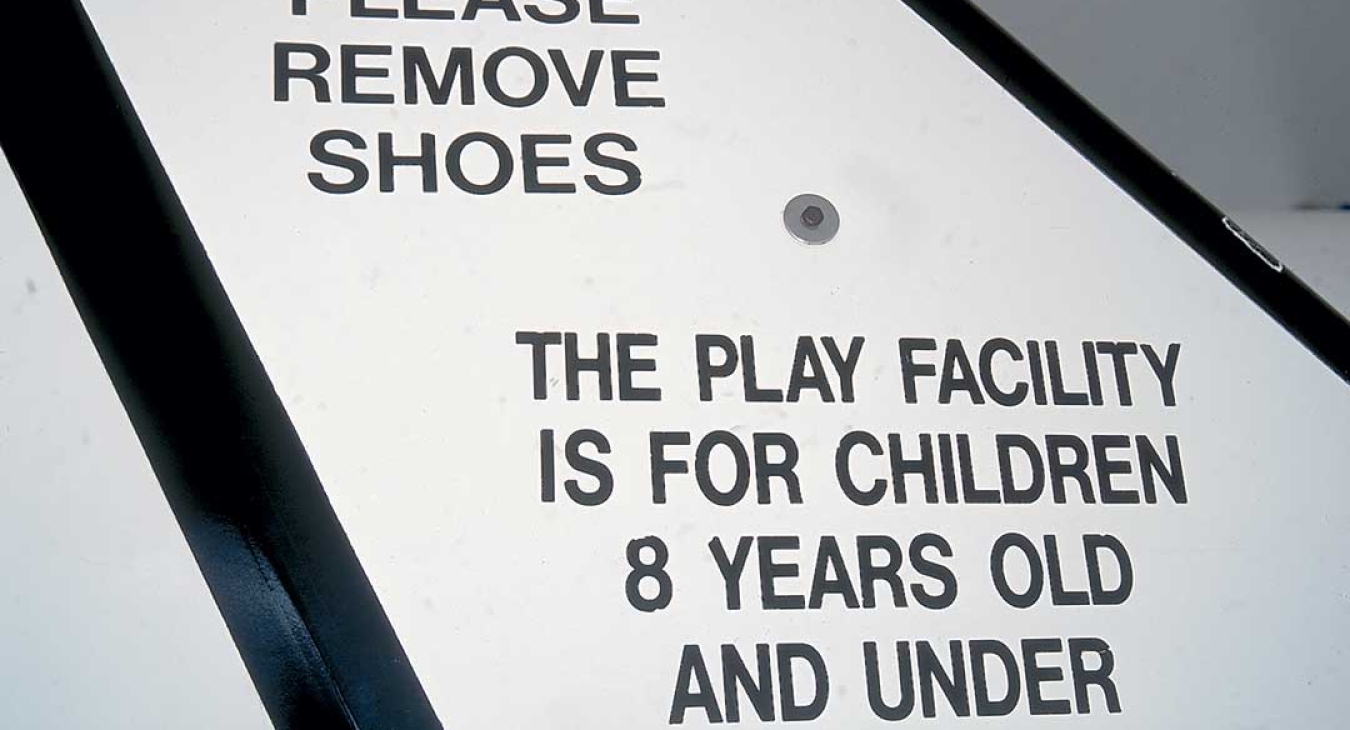

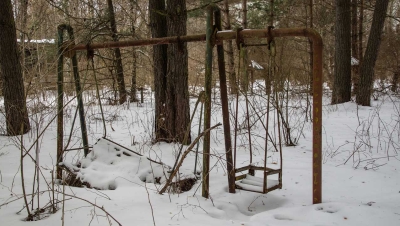
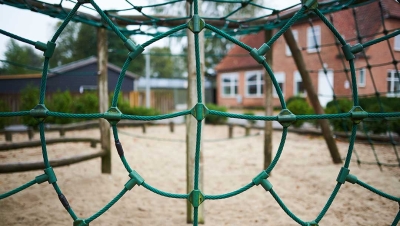
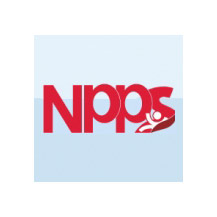

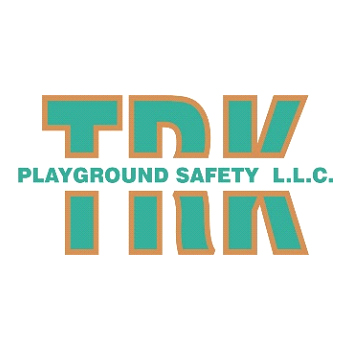
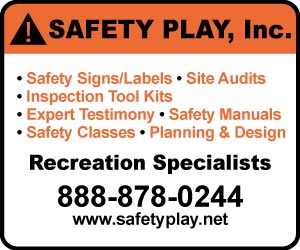
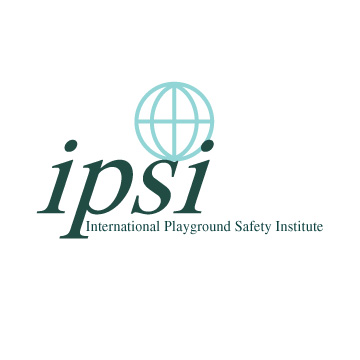
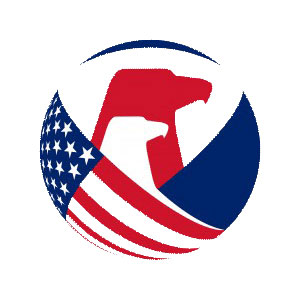
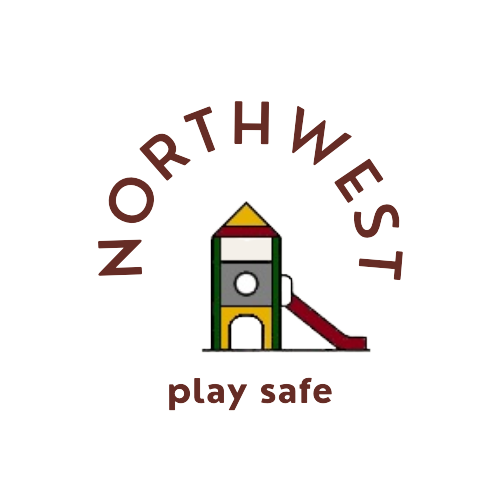
Add new comment